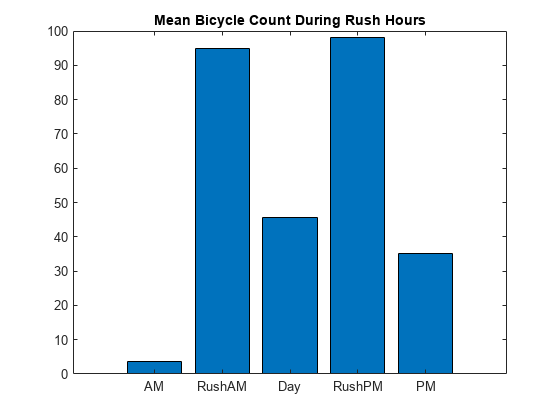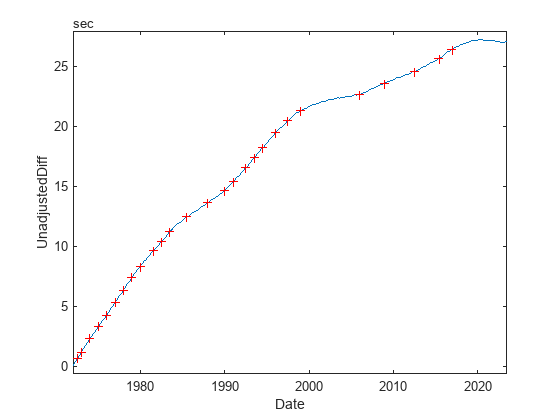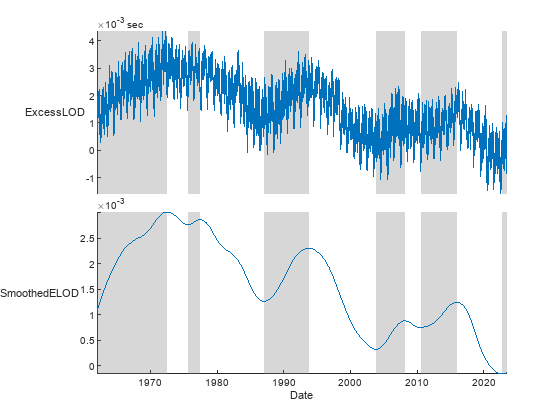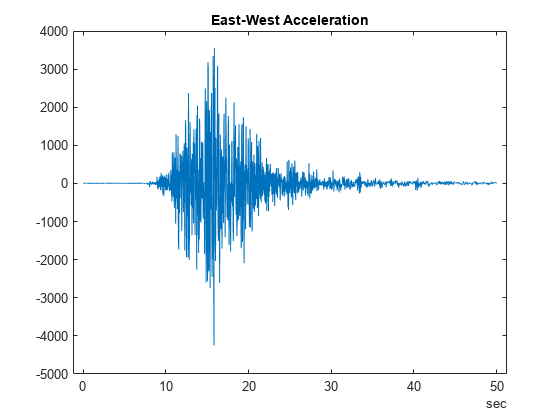时间表
表格形式的具有时间戳的数据
timetable 是一种特定类型的表,其中每一行关联一个时间。与 table 一样,timetable 数据类型可以存储具有相同行数的列向数据变量。所有表函数都使用时间表。此外,时间表提供了特定于时间的函数,可对一个或多个时间表进行对齐、合并,以及执行计算。有关详细信息,请参阅创建时间表或观看使用时间表管理具有时间戳的表格数据。
要查找并标记时间表中的事件,请将事件表附加到时间表。有关详细信息,请参阅 eventtable。
函数
App
| 数据清洗器 | Preprocess and organize column-oriented data (自 R2022a 起) |
实时编辑器任务
主题
- 创建时间表
通过转换数组、表或
timeseries数组,或通过导入包含表格数据的文件,从输入的行时间和数据数组创建时间表。 - 清理包含缺失、重复或不均匀时间的时间表
清理包含缺失、重复或不规则时间的时间表,并生成规则时间表。
- Direct Calculations on Tables and Timetables
You can perform calculations directly on tables and timetables without indexing to extract their data. All the variables in your tables and timetables must have data types that support calculations.
- 对时间表中的数据进行重采样和聚合
对时间表中的数据重采样或将数据聚合到一个新的行时间向量中。
- 访问表中的数据
使用圆括号、圆点表示法或花括号对表进行索引,以不同方式访问表数据。您可以通过索引功能创建一个属于较大表子集的表,或者基于表中的数据创建一个数组。




